A weight distribution hich can help balance your trailer and vehicle when pulling huge trucks or loads. But have you ever wondered if weight distribution issues can be big? Fortunately, we will answer that question in this article and share all the essential details with you.
Yes, the weight distribution hitch can be too big if it is equal to or slightly greater than the maximum gross weight of your trailer.
Continue reading to learn more about whether your weight distribution hitch can be big and how it works. We will also discuss the two types of weight distribution hitches, their benefits, and when this equipment is necessary. We will also discuss the proper installation and the cost of these weight distribution hitches. So keep reading!
Can A Weight Distribution Hitch Be Too Big?
A weight distribution hitch can be quite big as the heavier the weight distribution hitch, the stiffer the set-up. A stiffer setup is beneficial if you have a heavier vehicle, like a trailer.
Still, an extremely stiff setup on a light camper vehicle is not ideal. It can result in a stiffer or rough bouncy ride for the tow vehicle's passengers and contribute to rapid wear-and-tear of components.
To avoid future problems, while selecting a trailer weight distribution system, consider a weight capacity equal to or slightly larger than the weight of your trailer. Any excess weight should be between 10% and 15% of your trailer's gross weight.
If you use a camper towing hitch made for a much heavier trailer than yours, the steel spring bars will put more force than your trailer's frame is designed to withstand. As a result, the frame near the front of the rig may collapse or break.
How Does The Weight Distribution Hitch Work?
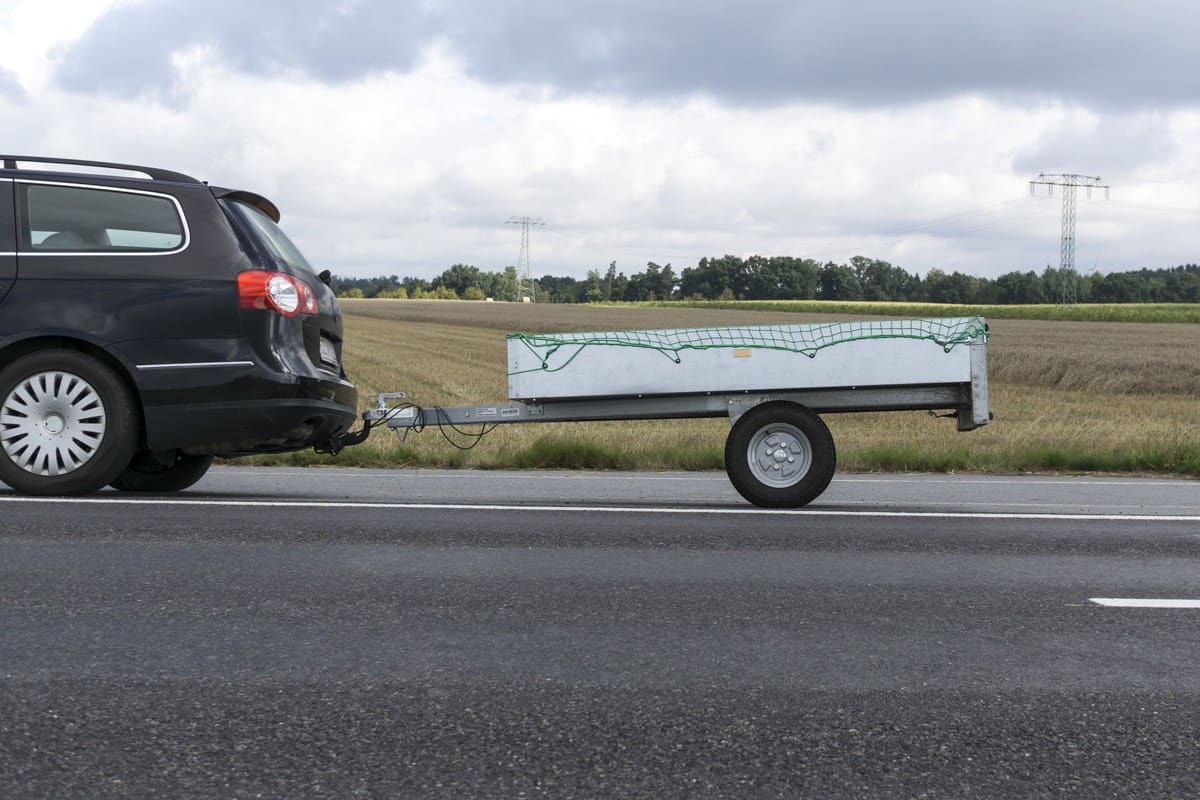
A weight distribution hitch, also known as a load equalizing hitch, changes the point at which the trailer's load is transferred to the vehicle.
The weight distribution hitch distributes the weight throughout the axles of the car and trailer rather than concentrating it at the point where the trailer and vehicle link.
When the tongue weight exceeds the gross trailer weight, the trailer hitch and the tow vehicle's rear axles will dive. This is seen as the front of the trailer dives into the ground, and the front of the towing vehicle elevates.
If you go too far, your vehicle may lose its ability to gain traction and brake correctly, which is quite dangerous.
What Are the Different Types of Weight Distribution Hitches?
Weight distribution hitches are classified into two types based on the type of spring bar used: round and trunnion bar.
Round Bar
Round bar weight distribution hitch originally comes from the shape of its spring bars, and it has a tongue weight distribution of around 600 lbs to 1,200 lbs.
The round spring bars extend from the bottom of the hitch head, bending back to attach to the trailer frame. Round bar hitches have somewhat less ground clearance than trunnion bar hitches because the bars protrude from the bottom of the head.
Click to see this Round Bar on Amazon.
Trunnion Bar
Trunnion bar weight distribution hitches feature square-shaped spring bars with a tongue weight distribution of around 600 lbs to 1,700 lbs. They connect to the face of the hitch head, extending outwards and running parallel to the trailer frame.
Trunnion bar weight distribution hitches feature a larger weight capacity than round bars and provide a modest bit of extra ground clearance.
Click to see this Trunnion Bar on Amazon.
What Are the Benefits of Weight Distribution Hitch Systems?
There are numerous advantages to using a weight distribution system.
They help limit the up-and-down movements of the tongue and trailer when driving over bumps and rough roads, typical in various locations.
While these do not enhance the gross vehicle weight rating of your tow vehicle, they can improve the amount you can safely tow.
More weight increases the likelihood of losing control of the vehicle and trailer when the weight is pushed down on the back axle. You can safely tow closer to the maximum gross vehicle weight rating by distributing the weight more equally.
Lastly, they reduce wear on your tow vehicle and the trailer. This implies your trailer will survive longer, which is beneficial if it is an important aspect of your company. You'll also have fewer tow truck repairs, particularly on the rear suspension components.
When Do You Need A Distribution Hitch?
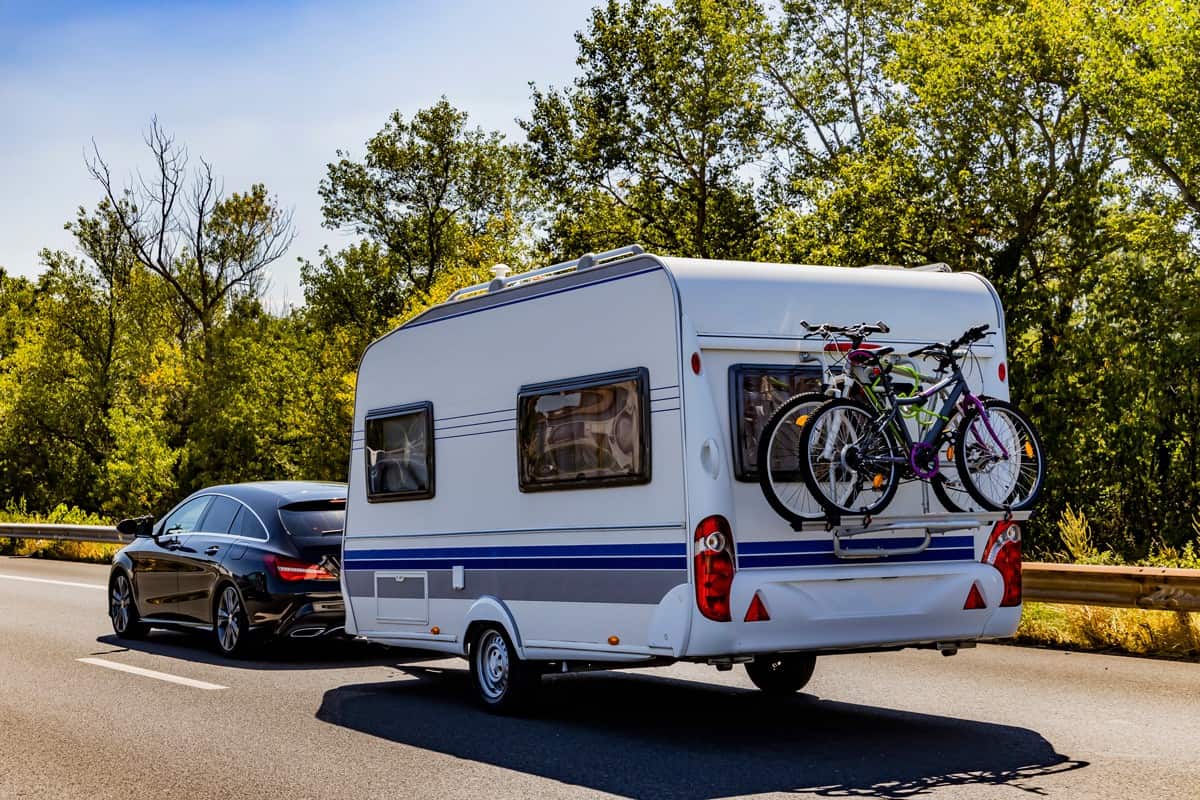
There are two primary methods for determining whether this is appropriate for your tow setup. A visual check is a simplest but least reliable way.
Step back and look at how the car and trailer are set up once you've hitched the trailer and the weight is resting on the ball. You should think about weight distribution if both look leaning toward the ball.
However, calculating the ratio of the gross trailer weight rating to the gross vehicular weight rating is a more precise approach. The GVWR is the combined weight of the tow vehicle and the trailer when fully loaded.
A distribution system should be considered if the trailer's weight reaches 50% of the GVWR. Even if you distribute the trailer's weight more evenly, don't exceed your tow vehicle's capacity restrictions.
How Much Do Weight Distribution Hitches Cost?
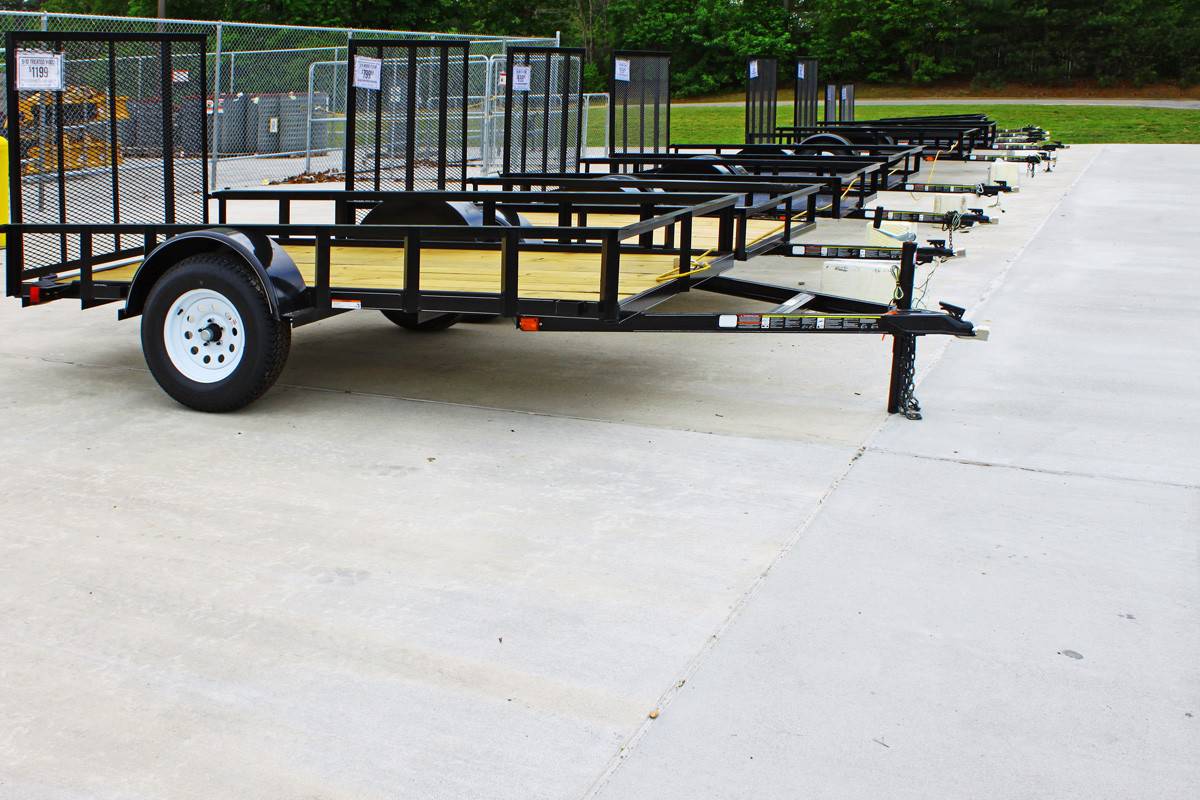
In general, a weight distribution hitch will not be aa costly purchase, but you can pay more for higher quality. A lower-quality hitch clamped to your car can sometimes be purchased for less than $200.
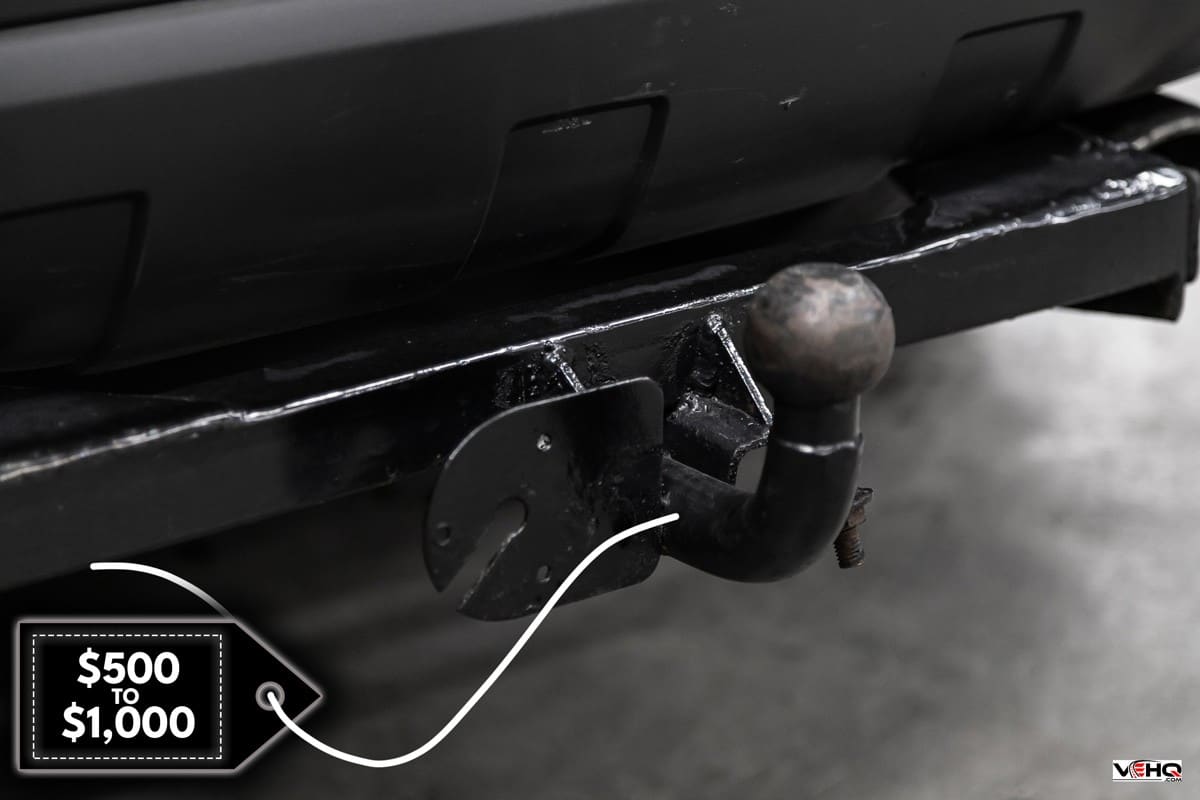
However, we suggest investing $500 to $1,000 on a weight distribution hitch that can be attached to your vehicle. It will last longer, help you obtain your maximum towing capacity, and provide you with an extra piece of mind when driving down the highway.
How Do You Install And Adjust Your Weight Distribution Hitch?
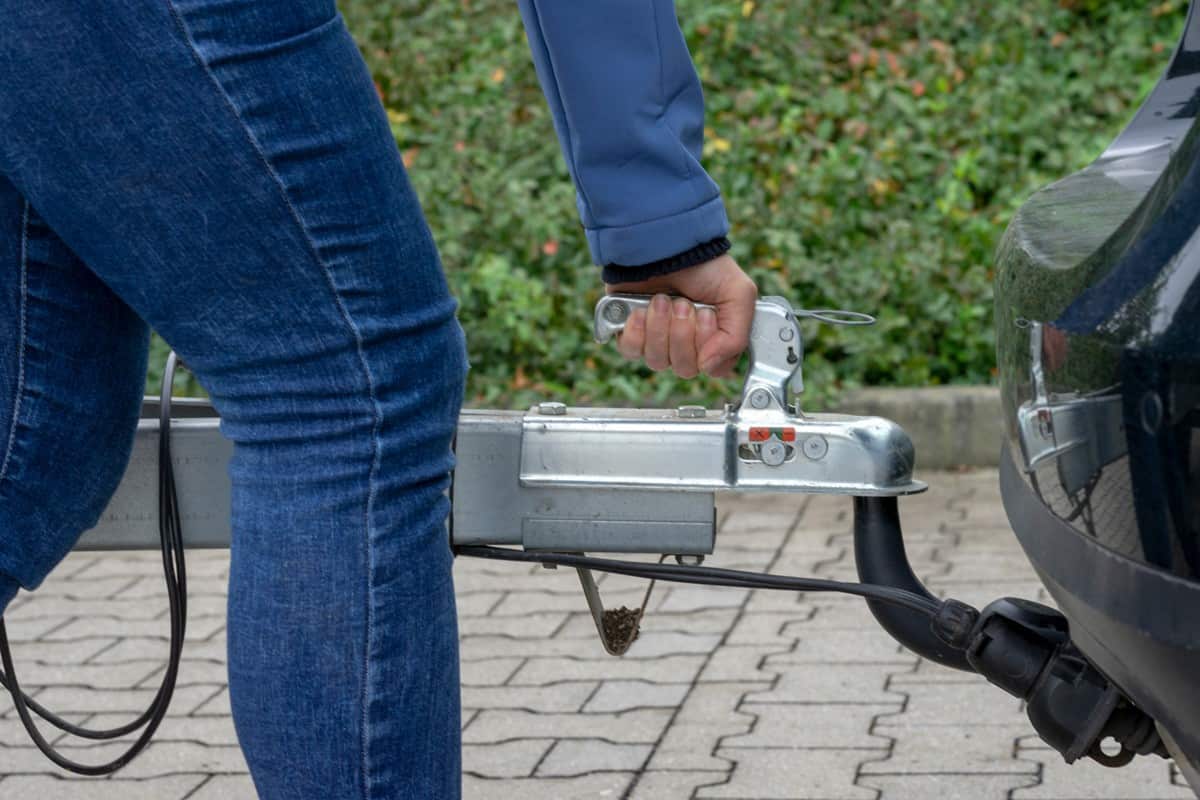
Installing a weight distribution hitch might be intimidating, especially when it's connected to something as significant as your vehicle or trailer.
Depending on your setup, you may feel more at ease undertaking a Do-It-Yourself installation in your garage, or you may choose to hire a professional.
We will walk you through the process of installing a weight distribution hitch. Because each hitch is different, make sure you follow the directions that came with it.
1. Determine The Height Of Your Car And Trailer
Consider parking your trailer and vehicle on a flat or level surface and use a level and trailer tongue jack to ensure your trailer is level with the ground.
Take measurements of your car and trailer and keep a record of them. You must know the distances from the ground to the top of the trailer coupler and the distances from the ground to the bottom of your tow vehicle's rear and front bumpers.
If you prefer to use the distance between the ground and the wheel well, you can do so too.
2. Connect The Hitch Head And Weight Distribution Shank
Place the weight distribution shank within the receiver tube. Ensure that the shank is properly inserted into your trailer hitch's receiver tube and securely fastened with a hitch pin and clip.
Place the adjustable shank on top of the head assembly. Raise the head until the top of the trailer ball is 1 to 3 inches above the coupler height. To keep the unit in place, use one mounting bolt at the bottom, but do not tighten it with a nut.
3. Determine The Weight Distribution Hitch Head Angle
Insert the adjustment rod into the lower hole on the head after pivoting the head downward. Because of a distinct adjustment process, some weight distribution hitches may not require this step. Remember to read the directions for your unique weight distribution hitch.
Rotate the head up and onto the shank. It should be vertical or slightly angled back. You may need to add or remove washers to get the correct angle.
Put another bolt into the top hole in the hitch head and secure it using the nuts and washers provided. Screw the bolts tightly to secure the head.
4. Mount The Spring Bars And Connect The Trailer
Install the spring bars onto the hitch head. Connect the spring bar chains to the spring bars before connecting the bars to the head if they still have not been attached. Raise the trailer coupler and back up to connect the trailer to the trailer ball.
5. Use Your Trailer Jack And Mount The Bracket
Lift the connection point using the trailer jack while the coupler is still attached to the trailer ball. The coupler should be 3 inches higher than the level position.
Use the spring bar chains as a reference to place the spring bar hookup brackets on the trailer frame. Using the supplied bolts, secure the brackets to the trailer frame.
After that, connect the spring bar chains to the brackets. Ensure the spring bars and connecting brackets are evenly positioned vertically on both sides. Using the accompanying lift handle, pry the brackets into the locked position.
6. Adjust The Weight Distribution Hitch Correctly.
Withdraw the trailer jack so that the trailer's entire weight rests on the hitch. Next, measure the lengths between the ground and the front and back bumpers.
If the distances have been affected, you can modify the number of links on the spring bar chains to either increase or reduce tension, as well as the tilt of the head unit.
Watch this video for more details.
It's A Wrap!
You can utilize weight distribution hitches efficiently now that you know they can be big as long as they do not surpass the gross weight capacity of your trailer. Otherwise, you may encounter some complications.
You should also check your towing vehicle's specifications and analyze its towing performance. This will determine when a weight-distribution hitch is required in your towing setup.
Made it to the end? Here are other articles you might find helpful:


